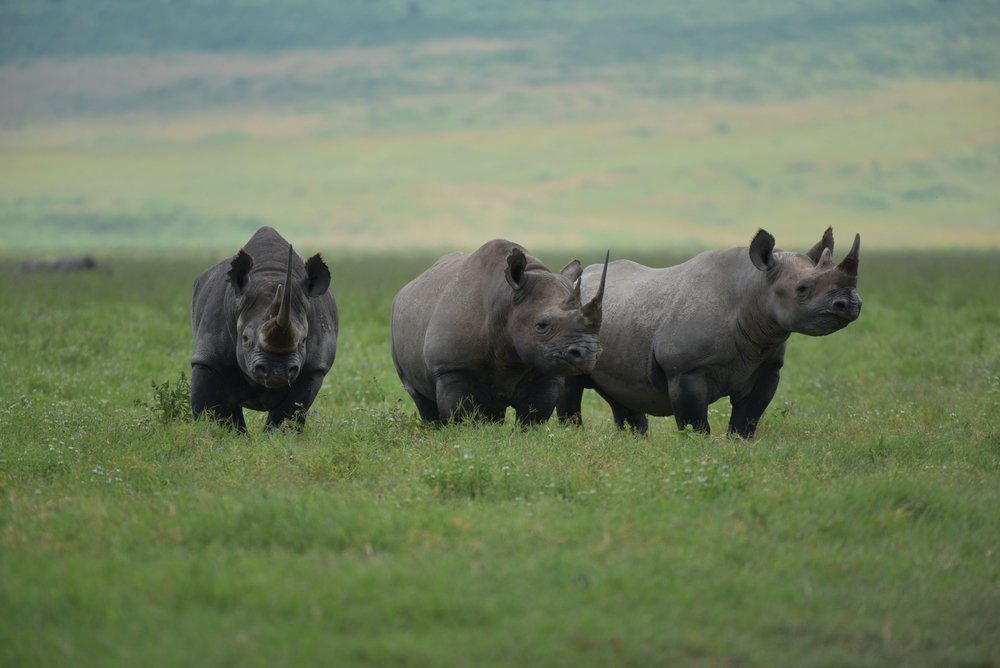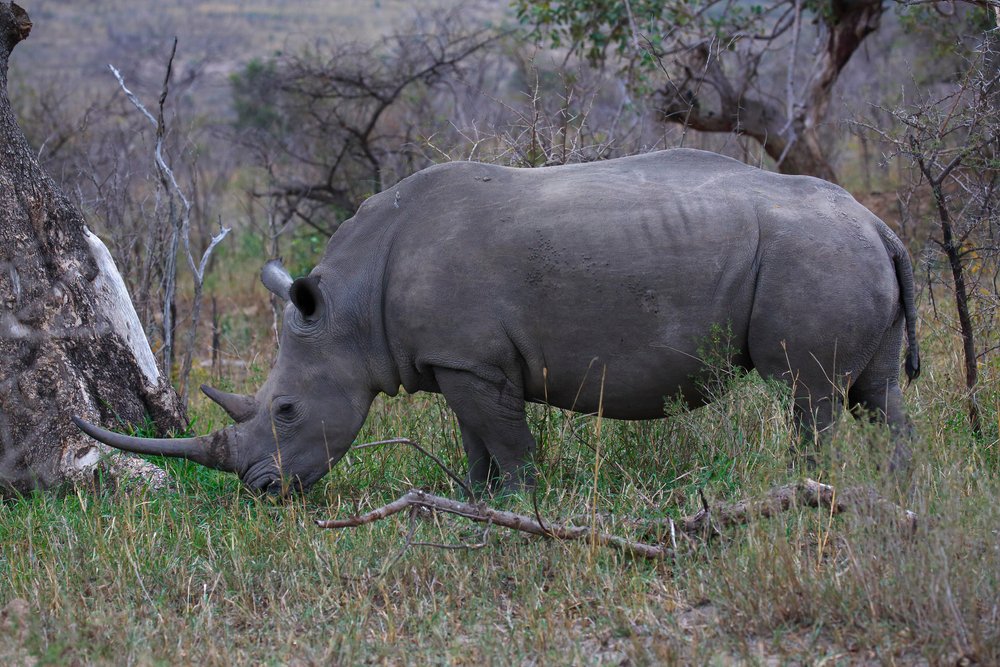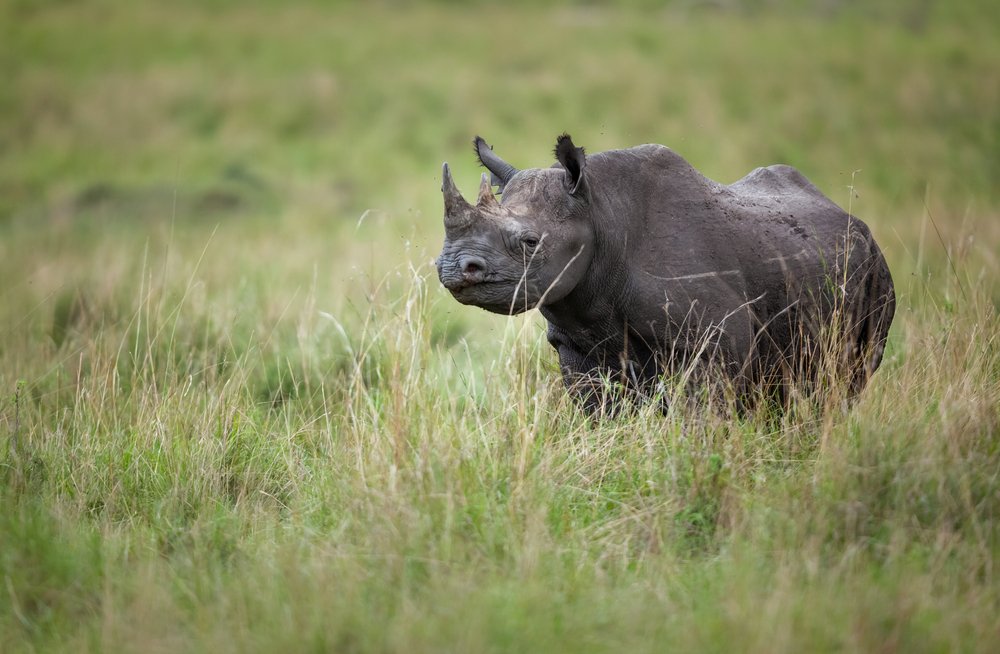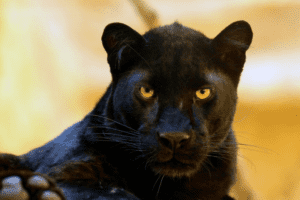Have you ever wondered How Many Black Rhinoceros Are Left In World? The decline in the black rhinoceros population has been devastating. There are approximately 5,500 individuals left today. Historically, their numbers were estimated to be around 65,000 across Africa. However, due to relentless poaching for their horns, their population dwindled to a mere 2,500 in the late 1990s. Thanks to concerted conservation efforts, their numbers have slightly recovered.
The black rhinoceros, a majestic creature that once roamed vast areas of Africa, is now on the brink of extinction. Decades of rampant poaching and habitat loss have caused their numbers to plummet dramatically.
Table of Contents
Characteristics of Black Rhinoceros

Black rhinos are smaller than white rhinos. They are both kinds of rhinos that live in Africa. The curve of their lips lets you tell the difference between black and white rhinos. The top lips of black rhinos are hooked, while the lips of white rhinos are square. Black rhinos are animals that don’t eat low-growing plants. They are browsers instead of grazers, and their pointed lips help them eat leaves from bushes and trees. Rhinos have two horns that grow continuously from the skin at the base of them for their whole lives, just like human toenails. About 19 inches long, the front horn is longer than the back horn.
Why Black Rhinos are important?
Rhinos are one of the oldest groups of animals. They are almost like living fossils. They are very important to the places they live, and in some places, like Namibia, ecotourism is a big part of the economy. This is especially true for people who live in the dry northwest of the country, which is home to the largest number of free-roaming black rhinos in Africa. Protecting black rhinos helps many other species, like elephants, because they need big areas to live.
What Are The Conservation Efforts For Black Rhinoceros?

Leading the charge in black rhinoceros conservation is the World Wildlife Fund (WWF). Through targeted initiatives, the WWF focuses on anti-poaching measures, community engagement, and habitat restoration. Their work includes collaboration with local communities, government agencies, and other organizations to protect these endangered creatures. Additionally, various other organizations and initiatives are working tirelessly to conserve black rhinoceros populations across Africa.
Threats to Black Rhinoceros
The survival of black rhinoceros is threatened by several factors.
- Poaching remains the most significant threat, driven by the illegal demand for rhino horns. These horns are highly valued for their supposed medicinal properties and as status symbols.
- Habitat loss and fragmentation also pose a significant challenge, as human encroachment disrupts their natural habitats and limits their range.
- Furthermore, the illegal wildlife trade continues to exploit black rhinoceros for their horns, despite international bans.
How Many Black Rhinoceros Are Left In World? Role of WWF

- Since it began working to save wildlife around the world in 1961, WWF (Wold Wildlife Fund) has saved many species, including black rhinos, from destruction. There are now more than 6,000 black rhinos, up from 2,410 in 1995. This is due to ongoing protection efforts across Africa.
- The World Wildlife Fund is working to protect black rhinos from being poached and losing their environment in Namibia, Kenya, and South Africa. These countries are home to about 87% of the world’s black rhinos.
- WWF helps with population counts from the air at important places like Namibia’s Etosha National Park. The studies are very important for finding out how well rhinos are breeding, stopping poachers, and keeping track of how many rhinos are dying.
- WWF is also working with partners to create and use cutting-edge tools in range states to keep a close eye on important populations.
- They can use new technologies like radio and satellite collars, night vision cameras, electronic identification and tracking tags, and camera traps along with people on the ground to get the information they need to make important choices about black rhino populations going forward.
Role of Zoos and Sanctuaries
Zoos and sanctuaries play a vital role in black rhinoceros conservation efforts. They provide safe havens for these animals, contribute to breeding programs, and conduct valuable research. Through captive breeding programs, zoos aim to increase the population of black rhinoceros and reintroduce them into protected areas. Additionally, rehabilitation and release efforts help prepare injured or orphaned rhinos for life in the wild.
Conclusion
The survival of the black rhinoceros depends on collective efforts and widespread awareness. It is essential for us to recognize the urgency of their plight and take action to protect this iconic species. You can contribute to their conservation by supporting organizations like the World Wildlife Fund and spreading awareness about the challenges faced by black rhinoceros on social media.
Also Read: How Many Black Panthers Are Left in the World?





